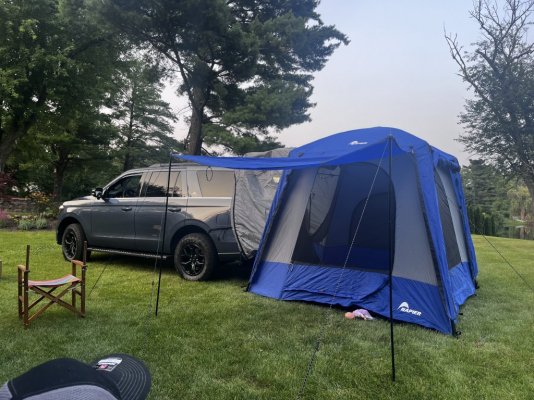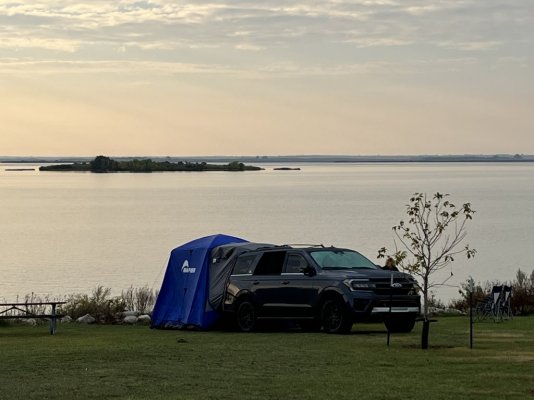BearlyCamping
New Member
Hello all! We’re considering purchasing an Explorer Timberline with a max towing package (9,200 lbs.).
I’m having trouble determining how large of a camper I can get? Should I stay under 6,00p lbs dry weight, or can I go higher? With us & the 3 dogs, we’re at 650 lbs + in the car.
Thanks for your advice!
I’m having trouble determining how large of a camper I can get? Should I stay under 6,00p lbs dry weight, or can I go higher? With us & the 3 dogs, we’re at 650 lbs + in the car.
Thanks for your advice!



